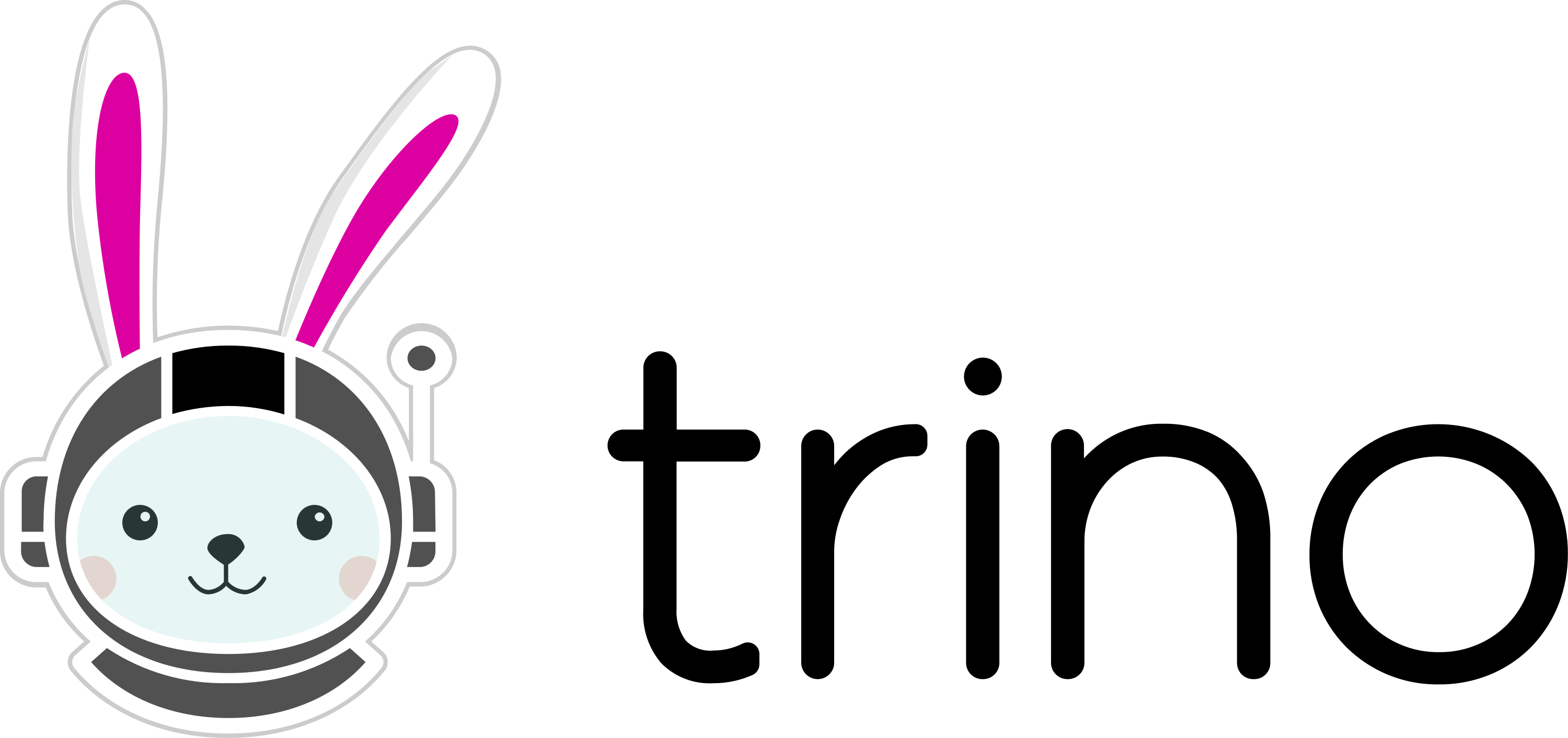
For those who are paying close attention, you may notice updates to a few pages across the Trino website with a renewed focus on leadership roles in Trino. This is part of an effort to re-focus and make the operating model more transparent both for contributors and for end users. While this is not a functional change, this does involve clarifying our roles following the BDFL (benevolent dictator for life) model.
Trino has been a popular open source project used by many companies and organizations since its inception in 2012. As a founder-led project, it has consistently operated under a BDFL model, though not necessarily by name. The model is used to describe the persons who can make the final decisions for the direction and development of the project. Many successful open-source projects, including Linux, Python, Scala, Ruby, and Rust, operate using a BDFL model.
Why the BDFL model? #
One of the key benefits of the BDFL model is that it allows for a clear decision-making process. When a project has a large number of contributors, it can be difficult to reach consensus on certain issues. The BDFL can step in and make the final decision, which can be particularly helpful in situations where time is of the essence. Additionally, having a BDFL can provide a sense of stability and direction for the project.
It’s important to emphasize that the use of the BDFL model is not a new development in Trino’s history. We (Dain, David and Martin) have acted in this role since the beginning.
Why now? #
Why is there a renewed focus on the BDFL model now? Trino has reached a level of maturity and a community size that has made increasingly important to have clear leadership and decision-making processes. By making the BDFL model more explicit, we can ensure that the project remains focused and continues to deliver value to its users.
More info #
You can check out the following pages for additional information: